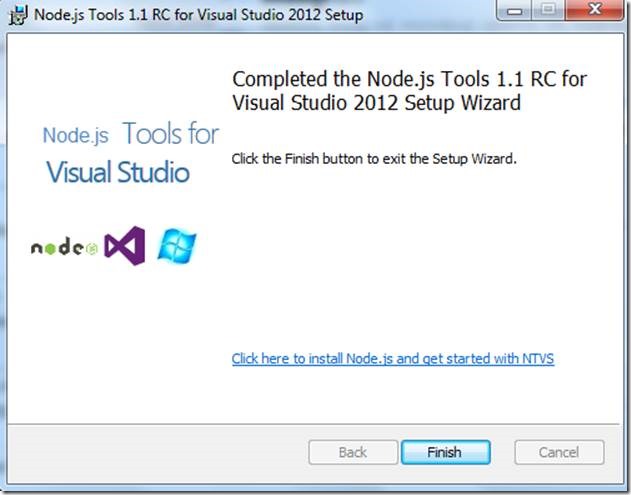

- #Connect mysql workbench to ampps how to#
- #Connect mysql workbench to ampps password#
- #Connect mysql workbench to ampps free#
This article provides you with an overview of MySQL Workbench and how to use MySQL Workbench to connect to your database remotely. How to Use MySQL Workbench to Connect to a Database MySQL Cluster Carrier Grade Edition - Commercial MySQL Community Edition - Open Source (GPL License)
#Connect mysql workbench to ampps free#
Yes, the MySQL Community Edition is free and available for multiple platforms, including Microsoft Windows, macOS, and Linux. Refer to the following URLs for more information: MySQL Workbench Enterprise Edition - Commercial MySQL Workbench Standard Edition - Commercial MySQL Workbench Community Edition - Open Source (GPL License) There are other commercial editions that users may buy with additional features: MySQL Workbench & Nexcess Web Hosting Database Management Is MySQL Workbench Free? Yes, the MySQL Workbench Community Edition is free and available for multiple platforms, including Microsoft Windows, macOS, and Linux. If you are searching for an alternative, terminal-based solution, try out using PostgreSQL from command line.MySQL Workbench provides an easy-to-use visual interface for managing your SQL servers and databases using remote connections - a very convenient feature. Once you’ve logged into the MySQL server, the commands will be the same regardless of what kind of system you’re running on. With the help of this simple guide, you should be able to connect to a MySQL database using the Windows command prompt. This creates a small Windows executable file that you can double-click to log into MySQL using the specified username and password.


Then, type “ mysql.bat” in the name field, and change the location to your desktop (or another place that’s easy to find).Now, press Ctrl-S to launch a Save dialog.Replace -uroot with -u if you have a different username, and -ppassword with -p.Īlso, make sure you change the path from MySQL Server X.X to the actual folder location. Open the Windows Notepad text editor with the command:Ĭmd /K “C:\Program Files\MySQL\MySQL Server X.X\bin\mysql.exe” -uroot -ppassword.To create a shortcut in Windows, enter the following in the command line:.Step: 4 Create Windows Shortcut to Login to MySQL One of the folders will display the version number of your MySQL installation.įor example, if you’ve installed MySQL 5.5, you should see a folder named “MySQL Server 5.5”. This lists the contents of the current folder. The command prompt should change to mysql> letting you know you’re currently in the MySQL folder. The command prompt changes to look like this: mysql>Ĭhange to the MySQL folder, use the cd command: cd c:\Program Files\MySQL Server version: 5.7.11-log MySQL Community Server (GPL)
#Connect mysql workbench to ampps password#
Enter the password from the user account you specified with the –u tag, and you’ll connect to the MySQL server.

Replace with the username for your MySQL installation.Įnter mysql.exe -uroot -p, and MySQL will launch using the root user. Step 3: Connect to a Local MySQL Serverįirst, start MySQL in Windows using the following command: mysql.exe -u -p Left-click the MySQL service to highlight it, then right-click to open a context menu. Scroll down to find MySQL, and check the status column. Enter the following command: services.mscĪ new window will launch and display the list of services available on your system. If MySQL is not on the list, you can start it using the Services panel.


 0 kommentar(er)
0 kommentar(er)
